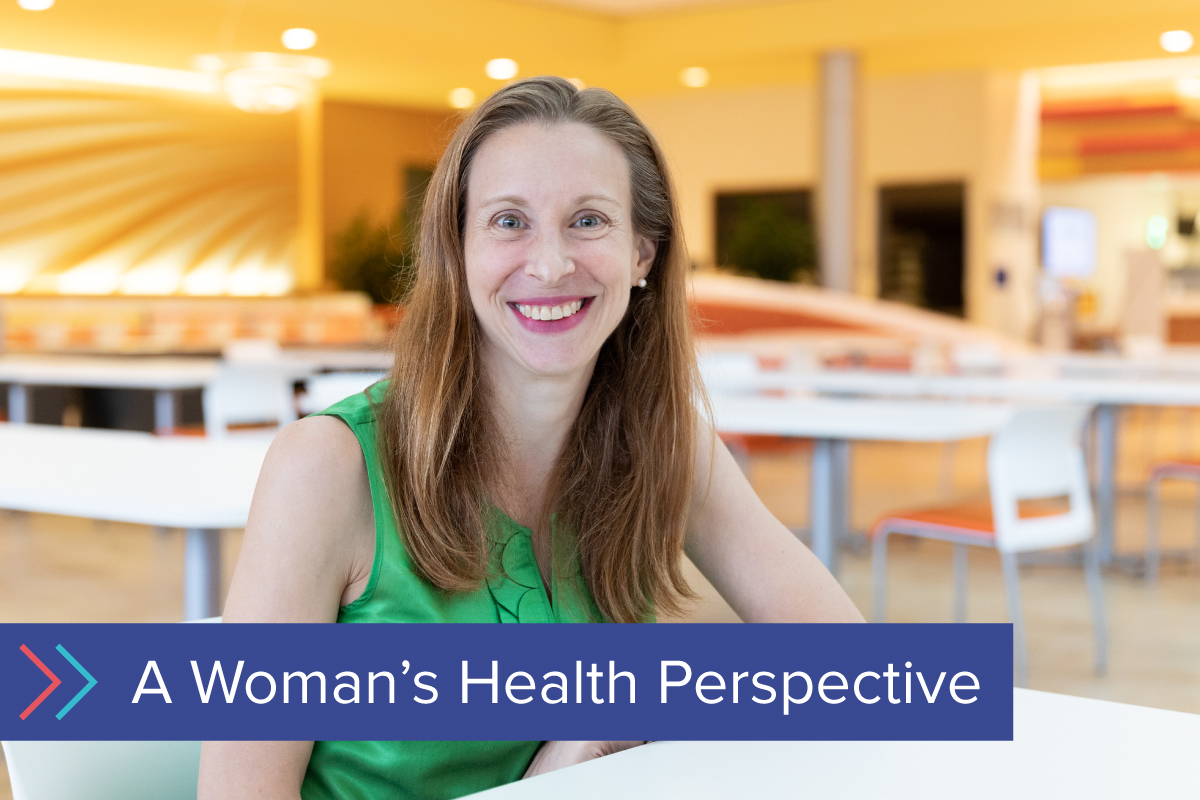This is a firsthand account submitted through SWHR’s Share Your Story portal, as part of SWHR’s Women’s Health Perspective series.
I have always been career-driven and did not want anything to get in the way of my professional opportunities. After completing my PhD at the Massachusetts Institute of Technology (MIT), I looked around and felt like I had been left behind in the dating world. It seemed like everyone had gotten married while I was in the lab.
Just before my 35th birthday, I scheduled egg retrievals as an insurance policy, sure that I would find someone eventually. The process was set to start days after I was running the Boston marathon. I was devastated when they only harvested two eggs. Only then did the doctor mention that the hormones dissolve in fat and I did not have enough in my stomach where I had been giving myself injections. I sat stunned at how this could be a revelation to anyone. So, we did another round with better, but still mediocre, results. Then, I signed up for my third round of retrieval, and the doctor mentioned we would have to wait a month for my body to recover. I asked why we did not follow that between the first two rounds, and he said, “Oh, well that should not have happened.” The process is horrific. I was giving myself shots in my triceps, which involved balancing an adjustable wrench so I could pinch the skin properly. Going through these gymnastics alone each night was about the best reminder possible that I was truly alone, having to do this because I had not found a partner. The trigger shots taken prior to retrieval come in blunt syringes where one has to twist the needle to puncture the skin. The levels of hormones pumping puts one through the darkest, drastically emotional states.
A few years passed, and the prospect of finding someone faded further. I began shopping for sperm. A surreal experience, I found myself deciding all sorts of genetic components for my children. Still unwilling to give up the idea of a husband, I fertilized half of my eggs with the donor. None became viable embryos. With money and faith running dry, I fertilized the rest with the same donor. Three embryos grew. Genetic tests showed one mutant and two girls, and I had the two viable embryos implanted together. The first 13 weeks, intramuscular injections and invasive intravaginal probes were the cadence of my life. After being released to an OB-GYN, I did a lot of my own research, as many doctors are still not up to date on the needs of a multiple pregnancy. The c-section date was set, as twins are not allowed to go to full term, and my little ladies were removed. One was quickly brought up to the newborn intensive care unit (NICU), and I spent a few minutes with my other daughter until she was whisked away. My uterus was so large it could not shrink down properly and instead filled with blood clots. The nurses notified a doctor, who came in and got my permission for a blood transfusion as I had lost 2.5 liters of blood.
Today, two tiny versions of me lie together in their crib and sing in unison “I love you momma!” Raising twin two-year-old girls in a global pandemic without any support has been madness, but when I close their door blowing good night kisses, nothing else matters.
Aside from health care and backup care, I have not received any support from work. As a line manager myself now, I would suggest leaders keep these few things in mind: it is a ridiculously draining journey, so keep open communication and give your direct report(s) space to step back, if necessary. I was flagged in my company’s human resources system because I was out of the office so often for appointments and surgeries, so allowing people to work from home during these procedures would be beneficial so that they can arrange their work around the appointments and for days when the medication makes them physically ill. For those higher in the organization, I would suggest looking into medical policies that cover not only the medications, but the surgeries for IVF as well. It could be a key differentiator for attracting and retaining female talent.
